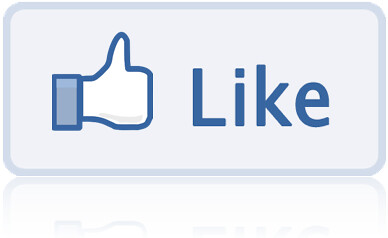 In Denmark, most folks are online, and to many people sociale medier (social media) like Facebook are just as important as brød or mælk. I don’t know if Danes are heavier Facebook-brugere (FB users) than for example Californians, but I imagine that we do spend more time in front of our computere and smartphones (or smarttelefoner) than people in countries that don’t have such looong winters! 🙂
In Denmark, most folks are online, and to many people sociale medier (social media) like Facebook are just as important as brød or mælk. I don’t know if Danes are heavier Facebook-brugere (FB users) than for example Californians, but I imagine that we do spend more time in front of our computere and smartphones (or smarttelefoner) than people in countries that don’t have such looong winters! 🙂
Since I don’t use social media a lot – I’m more of an e-mail kind of person – I asked a friend to help me with some useful vocabulary. As you’ve probably already noticed, it is not unusual that a word is taken directly from English. As my friend put it: ”I’d probably only use those words in a Facebook context, where I can keep an ironic distance [to the communication]. I’d never say that jeg like’er something in real life, there I’d of course just use the normal Danish words [jeg kan lide].”
• Fjæsbog [FYESbouw] or Fjæsbogen: A Danish name for Facebook. It means Mugbook, so don’t use it in case the situation isn’t humorous.
• How many Facebook-venner (FB friends) have you got?
• Er du populær? (Are you popular?) Well, okay, that’s not what it is about, I mean, have you shared something that a lot of people synes om (like)? Has your foto or link got many likes?
Some things you can do on social media:
• at sende en besked (to send a message)
• at svare (to answer)
• at tagge et billede (to tag a picture)
• at dele noget (to share something)
• at lægge noget op på væggen (to publish something on your wall)
• at opdatere/ændre/slette sin profil (to update/change/delete one’s profil)
While many Danes are also on Linked-In and Google+, Twitter hasn’t quite caught on (at least not when compared to the US). At tweete [TVEEteh or TWEEteh] (to tweet), however, has entered the Danish language: Jeg tweeter, i går tweetede jeg, jeg har tweetet…





